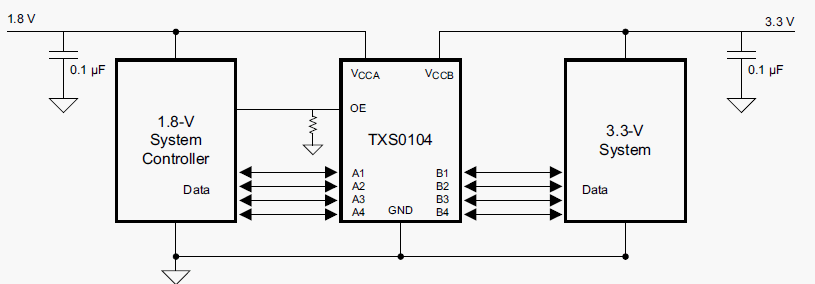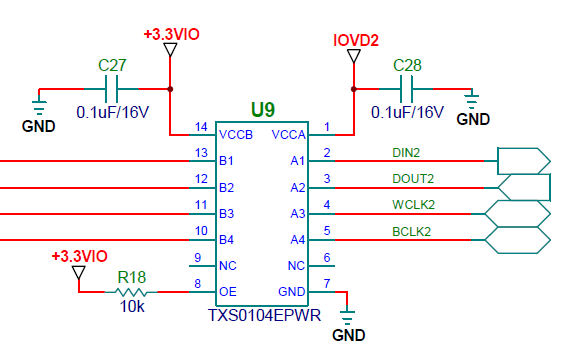Hi,
In TXS0104E datasheet, we mentioned " The minimum value of the pulldown resistor to ground is determined by the current-sourcing capability of the driver." I don't fully understand this. Can you provide more explanation with an example?
Thanks!
Antony




